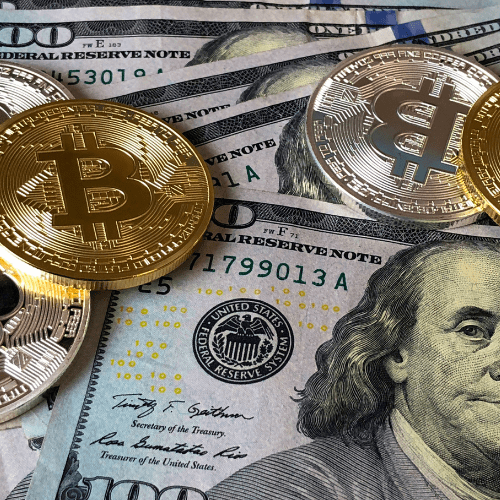The global vaccination effort has become increasingly critical in the face of public health crises, making the need for an efficient and reliable vaccine supply chain paramount. As the world navigates through complex challenges brought forth by pandemics, natural disasters, and geopolitical tensions, the modernization of the vaccine supply chain stands at the forefront of public health strategy. Enhanced efficiency and cutting-edge innovations are essential to ensure that vaccines reach those most in need in a timely and effective manner. This article explores the strategies for enhancing efficiency in global vaccine distribution networks, as well as the innovations driving the modernization of vaccine supply chains.
Enhancing Efficiency in Global Vaccine Distribution Networks
The complexity of vaccine distribution requires a nuanced understanding of logistics, inventory management, and demand forecasting. In recent years, stakeholders have increasingly focused on enhancing the efficiency of distribution networks to ensure that vaccines are delivered promptly and safely. One critical approach is the development of consolidated distribution centers that leverage advanced analytics to optimize inventory levels. By utilizing real-time data, these centers can respond to fluctuations in demand, reducing waste and ensuring that vaccines are available where they are most needed.
Furthermore, the integration of artificial intelligence (AI) and machine learning algorithms has significantly improved logistics planning within vaccine distribution networks. These technologies enable stakeholders to simulate various scenarios, such as sudden surges in demand or disruptions caused by natural disasters. By anticipating potential challenges, organizations can devise contingency plans that minimize delays and optimize resource allocation. This predictive capability is vital for maintaining a steady flow of vaccines to healthcare providers across different regions, thus enhancing overall efficiency.
Collaboration among multiple stakeholders is another essential factor in enhancing the efficiency of global vaccine distribution networks. By fostering partnerships between governments, non-governmental organizations, and private sector entities, information sharing becomes more streamlined. Collaborative platforms can facilitate the sharing of best practices, data, and resources, allowing stakeholders to address common challenges collectively. As a result, this cooperative spirit not only improves the efficiency of vaccine distribution but also strengthens the resilience of the entire supply chain against unforeseen disruptions.
Innovations Driving Modernization in Vaccine Supply Chains
The modernization of vaccine supply chains is fueled by a wave of innovations that aim to address existing inefficiencies. One such innovation is the adoption of blockchain technology, which enhances transparency and traceability throughout the supply chain. By recording every transaction on a decentralized ledger, stakeholders can track the journey of vaccines from production to administration. This level of visibility is critical for ensuring product integrity, reducing the risk of counterfeiting, and building trust among consumers and healthcare providers.
Another significant advancement involves the use of temperature-sensitive packaging and IoT (Internet of Things) devices to monitor vaccine conditions during transit. Vaccines often require strict temperature controls to maintain their efficacy, and any deviation can compromise their effectiveness. By integrating IoT sensors that provide real-time temperature and humidity data, stakeholders can quickly identify and address potential issues, minimizing vaccine spoilage. This innovation not only safeguards public health but also enhances the overall reliability of the supply chain.
Moreover, the application of mobile technology and digital platforms has transformed the way stakeholders interact and share information. Mobile apps designed for healthcare professionals enable real-time communication regarding vaccine availability, inventory levels, and scheduling. This increased connectivity fosters a more agile supply chain, allowing for quicker responses to emerging needs or challenges. Furthermore, digital platforms facilitate comprehensive training for healthcare workers, ensuring they are well-prepared to handle vaccines effectively, thus contributing to the overall modernization of vaccine supply chains.
The modernization of the global vaccine supply chain is an essential endeavor to ensure that vaccines are delivered efficiently and effectively in times of need. By enhancing distribution networks through advanced analytics, AI, and collaborative efforts, stakeholders can optimize logistics and resource allocation. Innovations such as blockchain, IoT technologies, and mobile platforms further elevate the reliability and transparency of vaccine supply chains. As the world continues to confront public health challenges, ongoing investment in these modernization efforts will be crucial to safeguard global health and ensure equitable access to vaccines for all populations.




